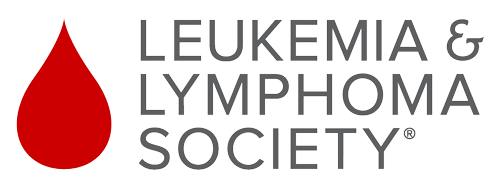What are the risk factors for developing Richter’s Transformation?
- by Janna P
from USA
- Topics: CLL, Cytogenetics, Genetic Factors, IGHV, Richter’s Transformation, Risk Factors
Transcript:
Janna P: What are the risk factors for developing Richter’s transformation?
Jennifer Woyach, MD: Hi. My name is Jennifer Woyach. I’m a CLL specialist and a professor in the division of hematology at The Ohio State University.
First of all, thank you, Janna, for that excellent question.
You know, a lot of people worry about developing Richter’s transformation during the course of their CLL, and this can actually happen in up to ten percent of people who are diagnosed with CLL.
Unfortunately, we don’t really know yet all of the risk factors for the development of Richter’s transformation, although a lot of research is going on right now to try to continue to clarify what things we need to be looking for as physicians and patients to try to identify people who are more likely to develop this complication.
In general, we know that some of the factors that predict more aggressive CLL also predict people who do have a higher risk of Richter’s transformation.
And this includes things like unmutated IGHV, mutations in TP53 or deletion of 17P, and people who present with higher Rai stage or more, advanced disease.
We also know that after treatment with many therapies, especially novel treatments for CLL, people whose progression is primarily lymph node based rather than blood based also do have a little bit higher risk of Richter’s transformation at that time.
There are a number of genetic factors that also indicates risk for Richter’s transformation. And one of the kind of important things that’s been discovered recently is that probably some of these clones of Richter’s are present from the time of diagnosis, and something are kind of acquisition of new mutations during the course of the disease might make those cells actually turn into a clinical Richter’s transformation.
And we know that things like a NOTCH1 mutation, especially in combination with trisomy 12, deletion of CDKN2A and CDKN2B, which can be seen on FISH in certain centers, and tetraploidy, which is a complete doubling of the chromosomes, which can be seen on cytogenetics when doing stimulated cytogenetics. All of these are genetic factors that do put people at a higher risk of Richter’s transformation.
It’s important to note, though, that even if people have these risk factors, it does not mean that they are going to have Richter’s transformation, and, actually, still the risk is relatively low even with many of these risk factors.
So, it’s an important thing to be watching out for, and it’s important thing for doctors to recognize when the symptoms arise. But even the risk factors that we know don’t say that anybody has a very high risk of Richter’s transformation.

